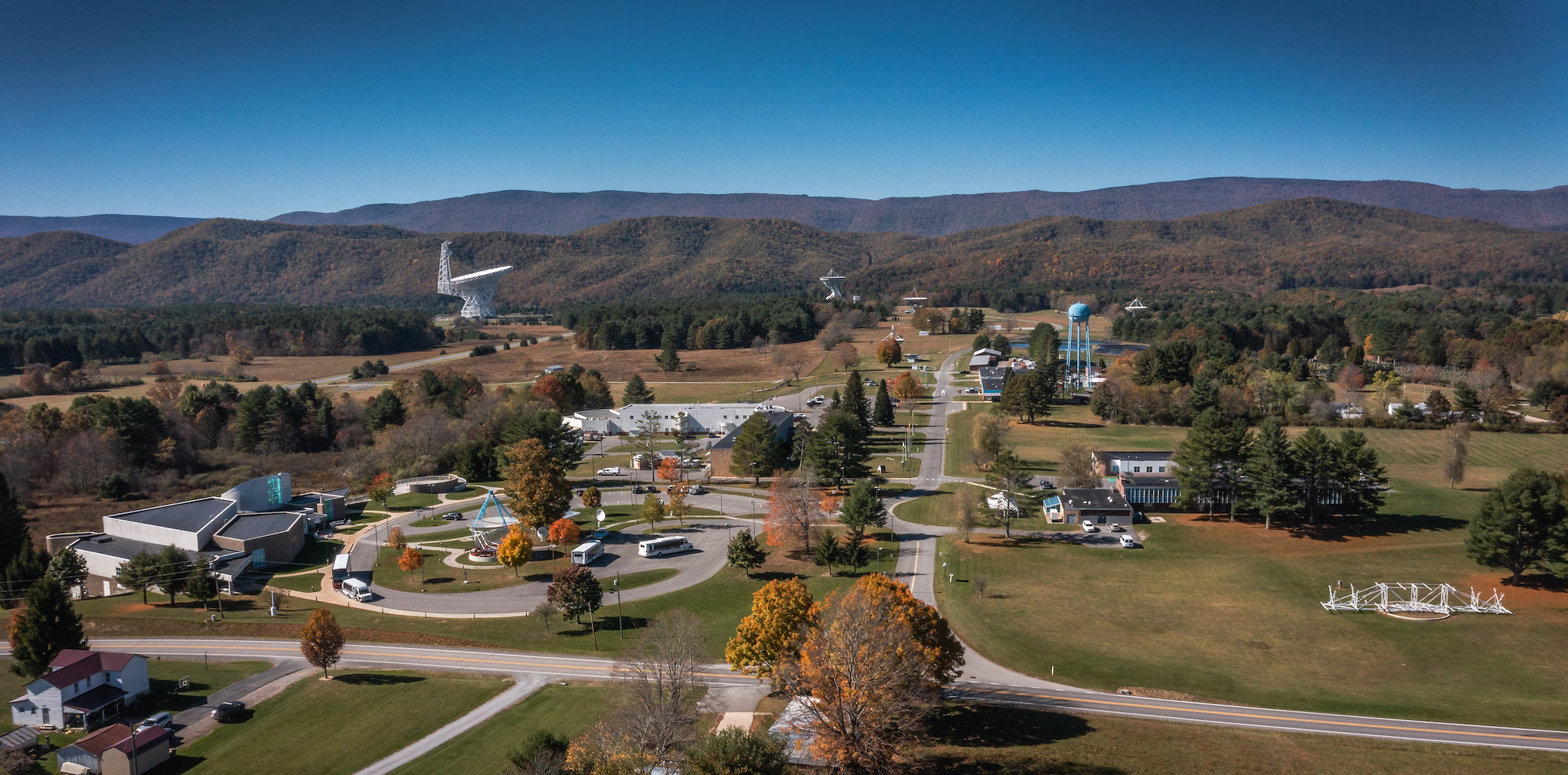-
Science Community Webinar
We share news and information about our operations and science in bi-weekly webinars every other Wednesday at 1 pm ET (except where noted). We link the recordings of past talks below. We provide the talk abstracts and description of the presenters in the description of each recording on Youtube. (To read abstracts, be sure to […]
-
All Green Bank Events
-
GBT Observer Training Workshops
Goal of the Training Workshops The Green Bank Telescope (GBT) Observer Training Workshops provide the essential skills and knowledge needed to use the GBT and maximize its scientific output. It is intended for experienced astronomers (including advanced undergraduates and graduates) wo need to learn the specifics of observing with the GBT. The workshops will focus […]
-
2024 GBO SDSS
June 23-29, 2024 (In-Person Only)
-
GBO Single Dish Summer School (SDSS)
Goal of the SDSS The GBO Single Dish Summer School provides graduate students, post-docs, and experts in other fields of astronomy with both knowledge and practical experience of the techniques and applications of single-dish radio astronomy. The school is based around an intensive series of lectures from experts, as well as hands-on radio astronomy projects […]
-
Scientific Gatherings
GBO Single Dish Summer School GBT Observer Training Workshops Proposal Office Hours (coming soon) Topical Meetings Science Community Webinar GBO @ conferences (coming soon) Upcoming Events Past Events Other Events [Anika] There used to be a paragraph containing these links on the old Science/meetings-and-workshops landing page. I am not sure I want to keep this […]
-
Education
Experience STEM at the Green Bank Observatory. Embrace your inner scientist and engineer through a variety of programs at the Observatory! Outreach When you can’t visit us, we’ll come to you. We offer virtual field trips and more. Try it at Home Extend the learning with fun activities and crafts. Student Research Experience the work […]
-
Proposal Planning Office Hours
This is the text for the proposal workshop








